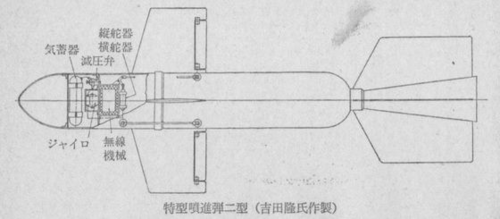Dilandu
I'm dissatisfied, which means, I exist.
Well oyodo ordered in 1939, laid down in 1941 February, launched 1942 April and finished in 1943 February so a project in 1941 to finish her as a CLAA wasn't out of practicality as in mid 1941 the hull might sufficiently incomplete to be finished to such a modified design.
And here is her internal layout:
Thank you for the plan! I'm toying with the idea of AU-Oyodo refitted as a missile cruiser for adapted Funryu-2 SAM system -

- and those blueprints are very helpful.

